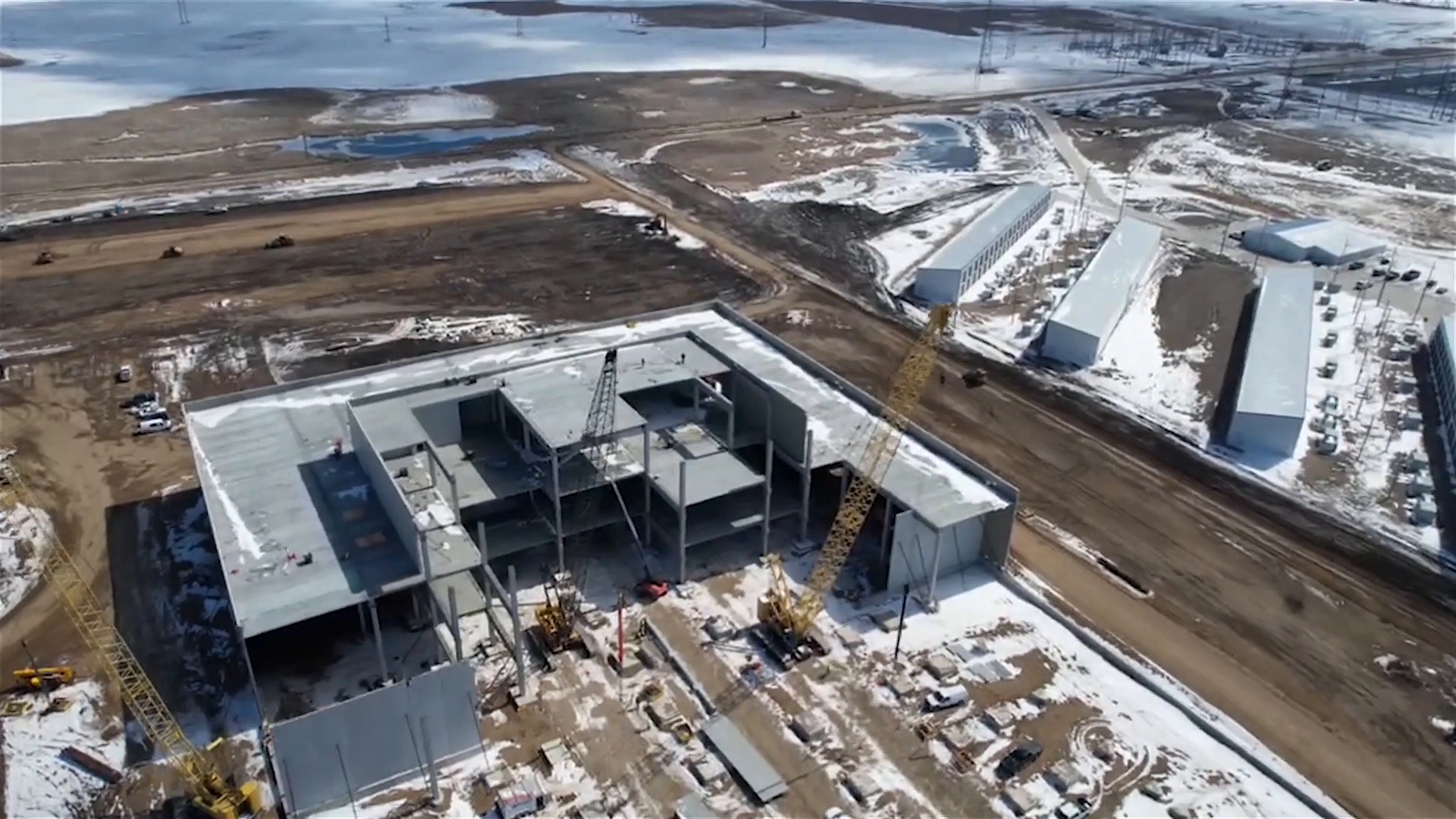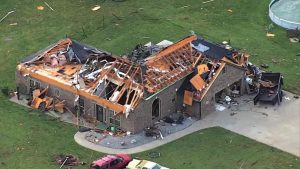Tens of thousands of low-income Utahns have lost health insurance in recent weeks, and more are expected to lose coverage in the coming months, as a pandemic-era federal policy that barred states from removing people from Medicaid continues to unwind.
More than 15% of Utahns were enrolled in Medicaid when its membership in the Beehive State surged to an all-time high of 536,301 in April, according to data from the Utah Department of Health and Human Services. At the end of May, the first 39,000 people — more than one in 100 Utahns — saw their health coverage end.
Among Medicaid enrollees are some of the state’s most vulnerable residents, including the disabled, pregnant women, children, people experiencing homelessness and others with low income.
Early data posted on DHHS’s website indicates that the majority of people who lost coverage were kicked off for procedural reasons — because the state couldn’t locate them, or they didn’t return paperwork in time.
Those numbers have raised concerns among advocates that many of the people losing coverage are still eligible for it. And the problem isn’t exclusive to Utah — large numbers of people in states throughout the country have begun losing their health insurance for the same reason.
Utah expanded Medicaid in 2019, and now the maximum qualifying income ranges from $19,392 a year for an individual to $67,278 annually for a family of eight.
According to a DHHS dashboard, of the cases that were reviewed last month, just over 40% of members had their Medicaid coverage renewed, approximately 5% were ineligible to keep their plans, 5% of cases were still pending and nearly 48% lost coverage for procedural reasons — the state wasn’t sure if they were still eligible or not because they were unable to contact the recipient.
Of those who have lost coverage for procedural reasons, “several thousand” have re-enrolled, DHHS’s eligibility policy Director Jeff Nelson told the Utah Legislature’s Health and Human Services Interim Committee on Wednesday.
In a reporting form submitted to the Centers for Medicare & Medicaid Services, the state said it took multiple steps to try to reach Utahns on Medicaid to make sure they renewed coverage if they needed it.
The state mailed a flyer in December 2021 and added messages to the Medicaid website and case login portal reminding members to update contact information. It also reportedly made social media posts, verified addresses through Equifax, and sent an email to members in September 2022.
Using the addresses it had on hand, Utah began mailing renewal notices this spring. Sending only physical notices through the mail likely contributed to the low response rate, said Matt Slonaker, the executive director of the Utah Health Policy Project.
“I think the medium of communication is not a good fit, meaning postal mail,” Slonaker told The Salt Lake Tribune. “How many of us wait until the end of the week to look at our mail, and half of it we don’t even want to open?”
People who rent and those without stable housing can frequently change addresses, and those experiencing homelessness might not have a physical address where they can receive a notice at all, he added. Slonaker suggested texting might have been a better method to reach people.
“Unfortunately, systems for readily available texting, which would be much more effective, are not in place at the state agencies in charge of handling applications and outreach,” Slonaker said.
A spokesperson for DHHS told The Tribune that contracted health plans have been sending reminders to members via text.
Native language may also have been a barrier to Utahns needing to renew Medicaid coverage. According to an analysis by the Kaiser Family Foundation, while Utah’s online Medicaid application is available in approximately 100 languages, its homepage and PDF application are available in just English and Spanish, and people answering the phones at its call center only speak English.
Another possible reason for Medicaid recipients not responding to mailers, Utah Department of Workforce Services Deputy Director Kevin Burt said at the legislative committee hearing, is “they have employer-sponsored coverage.”
Utah has for years had one of the lowest rates of Medicaid-insured people in the country. Approximately 11.3% of Utahns had Medicaid coverage in 2021, and in 2019, Utah was the only state with Medicaid coverage in the single digits, at 9.7%.
According to U.S. Census Bureau estimates using data between 2017 and 2021, approximately one in ten Utahns under the age of 65 doesn’t have any health insurance at all. The public likely won’t know how that number has shifted during the unwinding of COVID-era continuous Medicaid coverage for another two years.
Slonaker said it’s important that the state has strategies in place to make sure that people who need health insurance have it, whether that’s through Medicaid, the Children’s Health Insurance Program, the federal Health Insurance Marketplace or their employer.
“Individuals could face financial disarray (from medical bills) … that set them back multiple years in their path to buying a house, in their path to grow up the economic ladder,” Slonaker said. “Health insurance is that great equalizer, if you’ve got it.”
What to do if you have Medicaid
Utahns with Medicaid should make sure that the Utah Department of Workforce Services has their up-to-date address and contact information, and watch for any mail from the state.
People who’ve already lost coverage have 90 days during which Medicaid will cover bills retroactively, and should renew their policy as soon as possible, if they’re eligible.
Those who need assistance figuring out what to do next can contact the Utah Health Policy Project’s Take Care Utah program, which offers help navigating and applying for insurance.

































